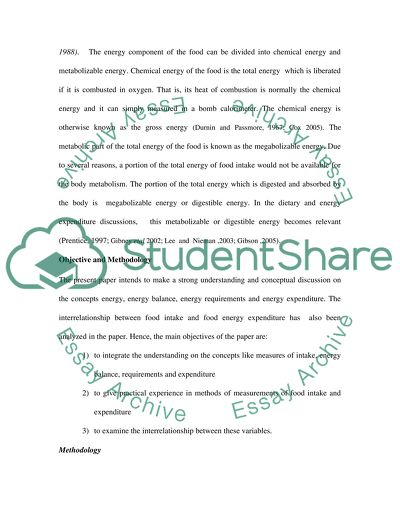Cite this document
(“Nutritional assessment report Essay Example | Topics and Well Written Essays - 1500 words”, n.d.)
Retrieved from https://studentshare.org/environmental-studies/1416983-nutritional-assessment-report
Retrieved from https://studentshare.org/environmental-studies/1416983-nutritional-assessment-report
(Nutritional Assessment Report Essay Example | Topics and Well Written Essays - 1500 Words)
https://studentshare.org/environmental-studies/1416983-nutritional-assessment-report.
https://studentshare.org/environmental-studies/1416983-nutritional-assessment-report.
“Nutritional Assessment Report Essay Example | Topics and Well Written Essays - 1500 Words”, n.d. https://studentshare.org/environmental-studies/1416983-nutritional-assessment-report.


